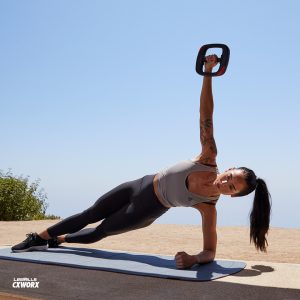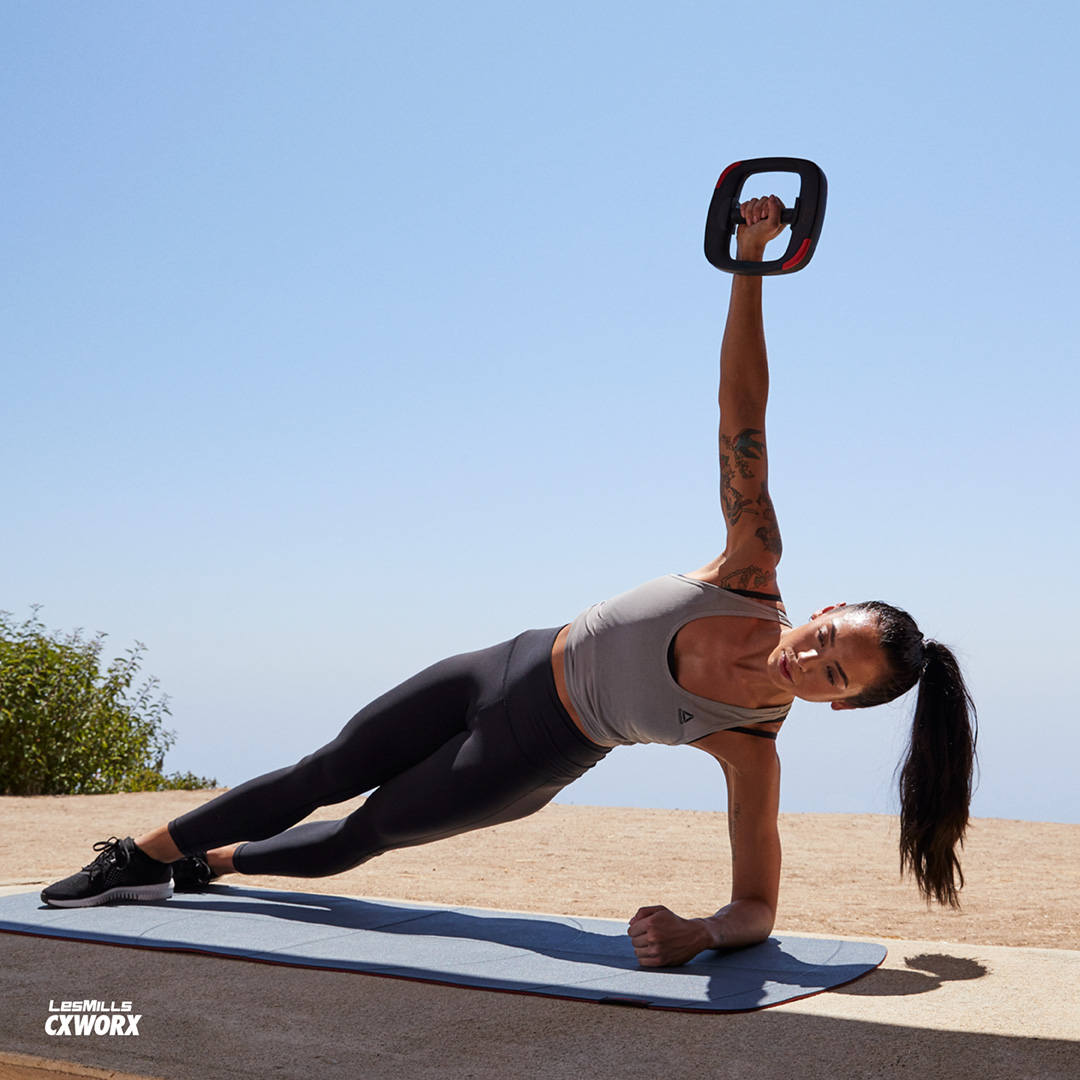
Thank you to Dr. Gillian Hatfield for providing us with your expertise on such a common topic that affects so many of us on a daily basis. Join us on April 30, 2021 for a Lunch & Learn where Dr. Hatfield will discuss the issue of lower back pain.
Low back pain is an extremely common problem, with lifetime prevalence estimated to be 65 – 85% [1]. The estimates of 1-year incidence of a first-ever episode of low back pain range from 6.3% to 15.4% [2], and while most (54-90%) cases are in remission at 1-year follow-up [2], many people who experience low back pain will go on to have recurrent episodes. With the COVID-19 pandemic forcing many of us to spend more time sitting, and disrupting our normal exercise routines, the prevalence of low back pain is likely even higher.
While most people will experience low back pain during their life, the cause of low back pain varies widely. The low back is composed of multiple joints, each joint with its own ligaments and multiple muscles crossing it. This is why low back pain is often termed “non-specific low back pain”.
Despite the many causes of low back pain, one treatment consistently shown to improve symptoms is movement. One of the biggest misconceptions about low back pain is that you should rest until your pain is gone. While it might be tempting to avoid physical activity, staying active is important- it will increase blood flow which can help tight muscles relax, and exercise-induced endorphins can help reduce pain and stiffness. Training at your usual intensity isn’t a great idea as it can increase inflammation and pain, but light yoga, walking, and cycling are all good options. The mode of exercise doesn’t seem to matter: research has shown that core stability exercises, strength/resistance training, and other forms of active exercise all improve low back pain symptoms [3] [4].
When engaging in physical activit y, use your pain as your guide: it shouldn’t increase during exercise, and if your symptoms increase 24-48 hours post-exercise, then decrease the exercise intensity and try again. That said, if you have any of the following symptoms along with your low back pain, consult your physician prior to engaging in physical activity as they could be signs of something more serious: history of trauma causing the low back injury, fever, numbness and/or tingling in the “saddle area”, change in bowel or bladder habits, unexplained weight loss, constant pain that does not vary over 24 hours, or severe night pain.
y, use your pain as your guide: it shouldn’t increase during exercise, and if your symptoms increase 24-48 hours post-exercise, then decrease the exercise intensity and try again. That said, if you have any of the following symptoms along with your low back pain, consult your physician prior to engaging in physical activity as they could be signs of something more serious: history of trauma causing the low back injury, fever, numbness and/or tingling in the “saddle area”, change in bowel or bladder habits, unexplained weight loss, constant pain that does not vary over 24 hours, or severe night pain.
In terms of preventing low back pain reoccurrence, strengthening the muscles of the core (the abdominals, the low back, and the muscles around the hips) is important so that they don’t have to work as hard during daily activities. Muscles that are working closer to their maximum ability are at a higher risk of injury. Increasing the endurance of these muscles is also important because these muscles have to work for prolonged periods of time keeping our spines supported.
An example of an exercise that would help increase strength and endurance of the core muscles is the plank. This is a great exercise because you are working the muscles on the front, sides, and back of the core, from the shoulders to the hips. It is also great because it can be modified to decrease or increase intensity. Holding the plank from the knees decreases intensity, and holding from the toes and even lifting an arm or leg increases intensity.
Another great type of core exercise is “cross patterning”. Cross patterning involves the coordinated movement of the opposite arm and leg, and is functional because the core has to behave in similar ways that it would during walking and running. Examples of cross patterned core exercises would be the bear crawl, the bird-dog, and the dead bug.
Interested in a program including the exercises described above? We are currently conducting a research study looking at the effects of an 8-week core strengthening exercise program on abdominal and low back strength, endurance, and muscle activation patterns. The study involves two data collections at UFV Chilliwack separated by 8 weeks of twice-a-week 30-minute exercise classes in Chilliwack (outdoors). We are recruiting participants between the ages of 19 and 55 with and without a history of low back pain. For further information, please email Gillian.Hatfield@ufv.ca.
Submitted by Dr. Gillian Hatfield, Assistant Professor, School of Kinesiology
Works Cited
| [1] | L. Manchikanti, “Epidemiology of Low Back Pain,” Pain Physician, vol. 3, no. 2, pp. 167-92, 2000. |
| [2] | D. Hoy, P. Brooks, F. Blyth and R. Buchbinder, “The Epidemiology of low back pain,” Best Practice & Research: Clinical Rheumatology, vol. 24, no. 6, pp. 769-81, 2010. |
| [3] | B. E. Smith, C. Littlewood and S. May, “An update of stabilisation exercises for low back pain: a systematic review with meta-analysis.,” BMC Musculoskel Disord, vol. 15, p. 416, 2014. |
| [4] | A. Searle, M. Spink, A. Ho and V. Chuter , “Exercise interventions for the treatment of chronic low back pain: a systematic review and meta-analysis of randomised controlled trials,” Clin Rehabil, vol. 29, no. 12, pp. 1155-67, 2015. |

